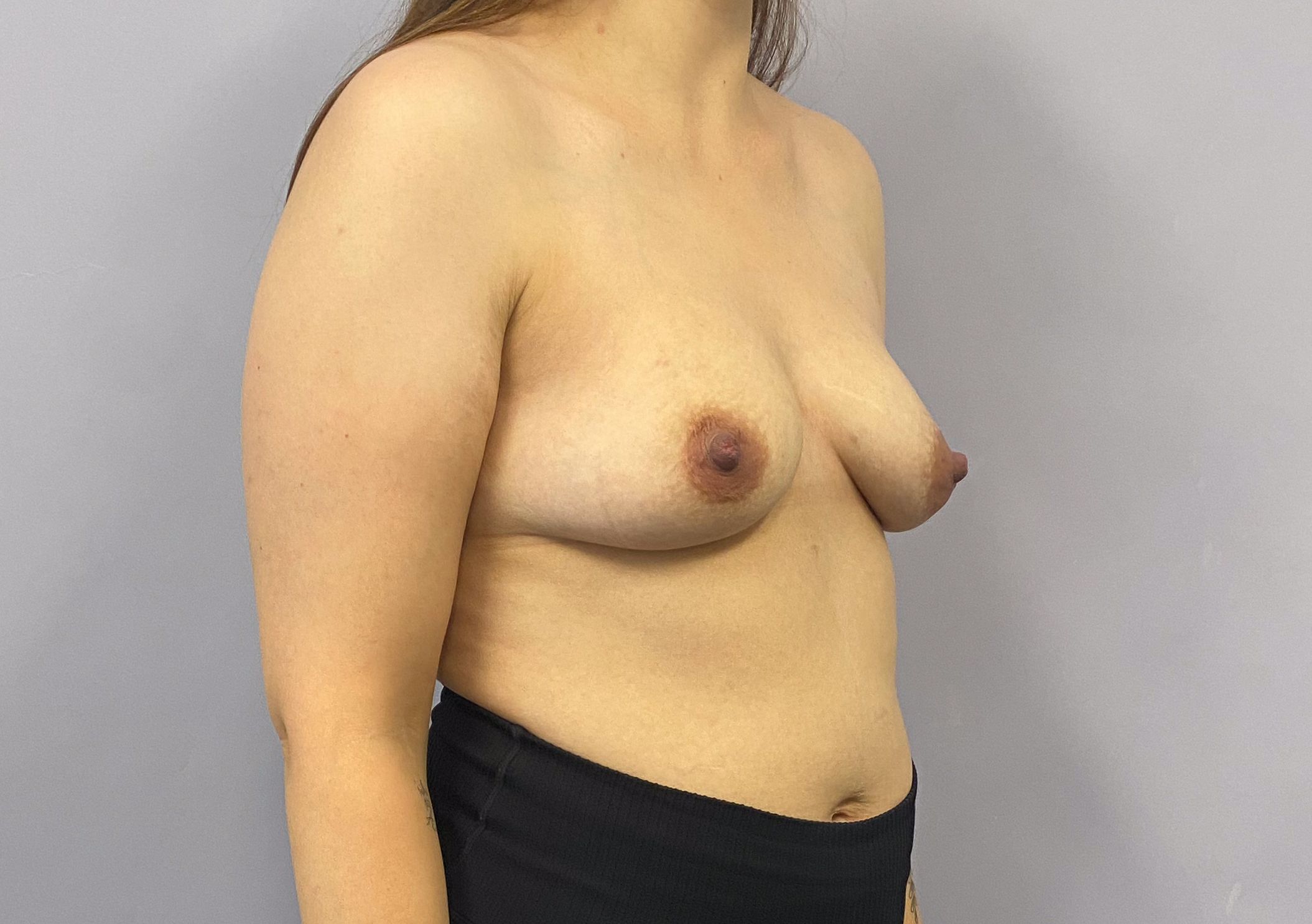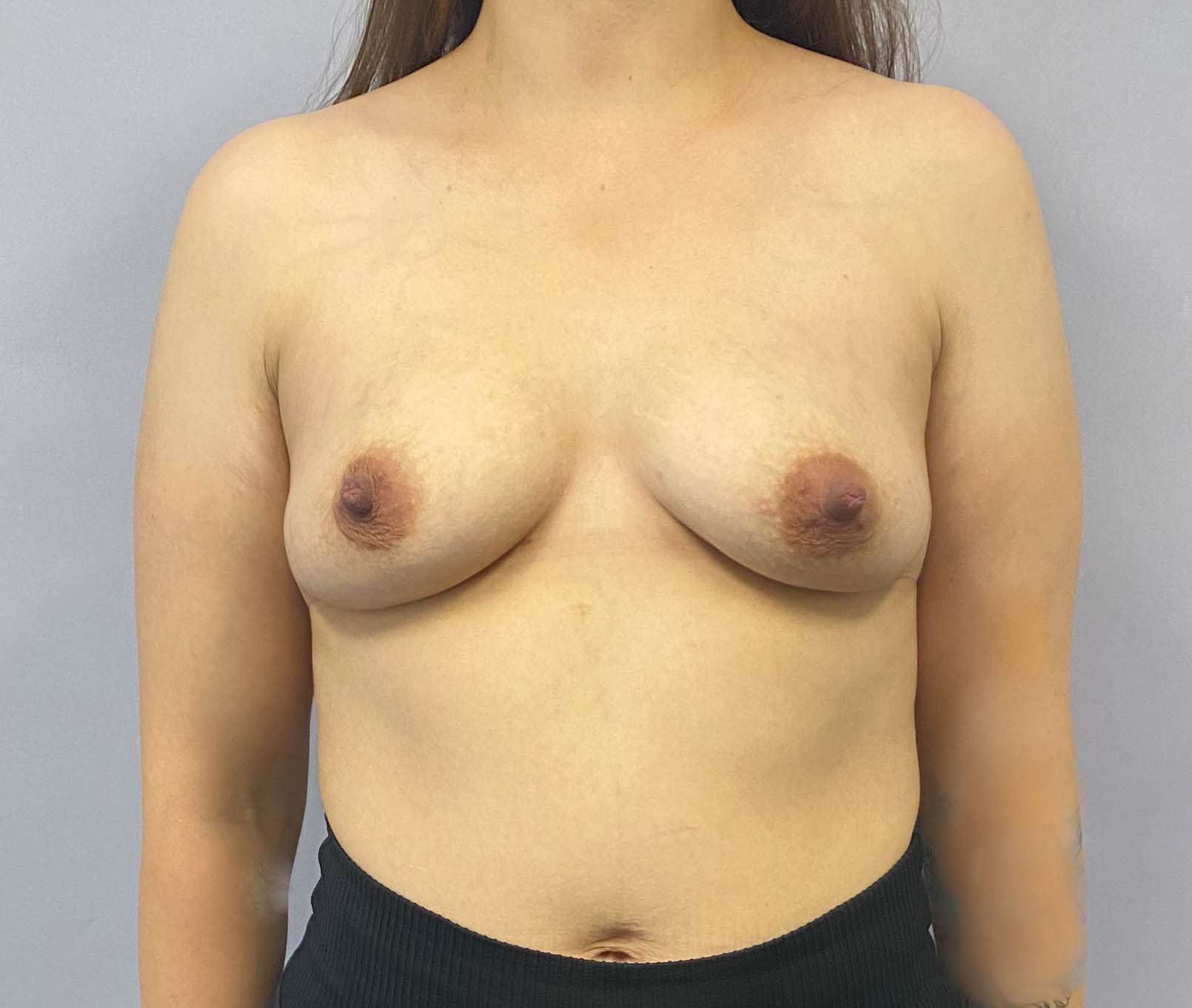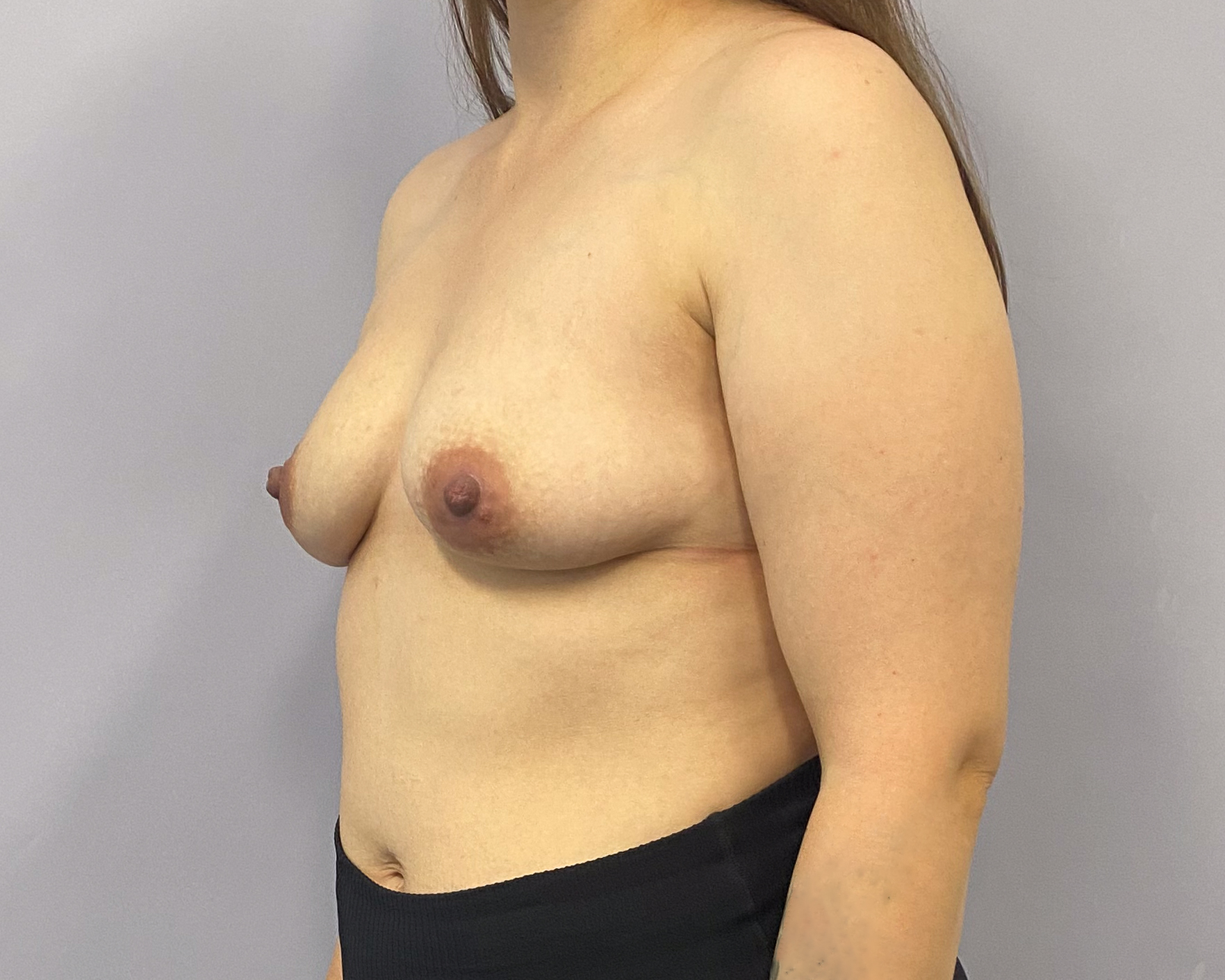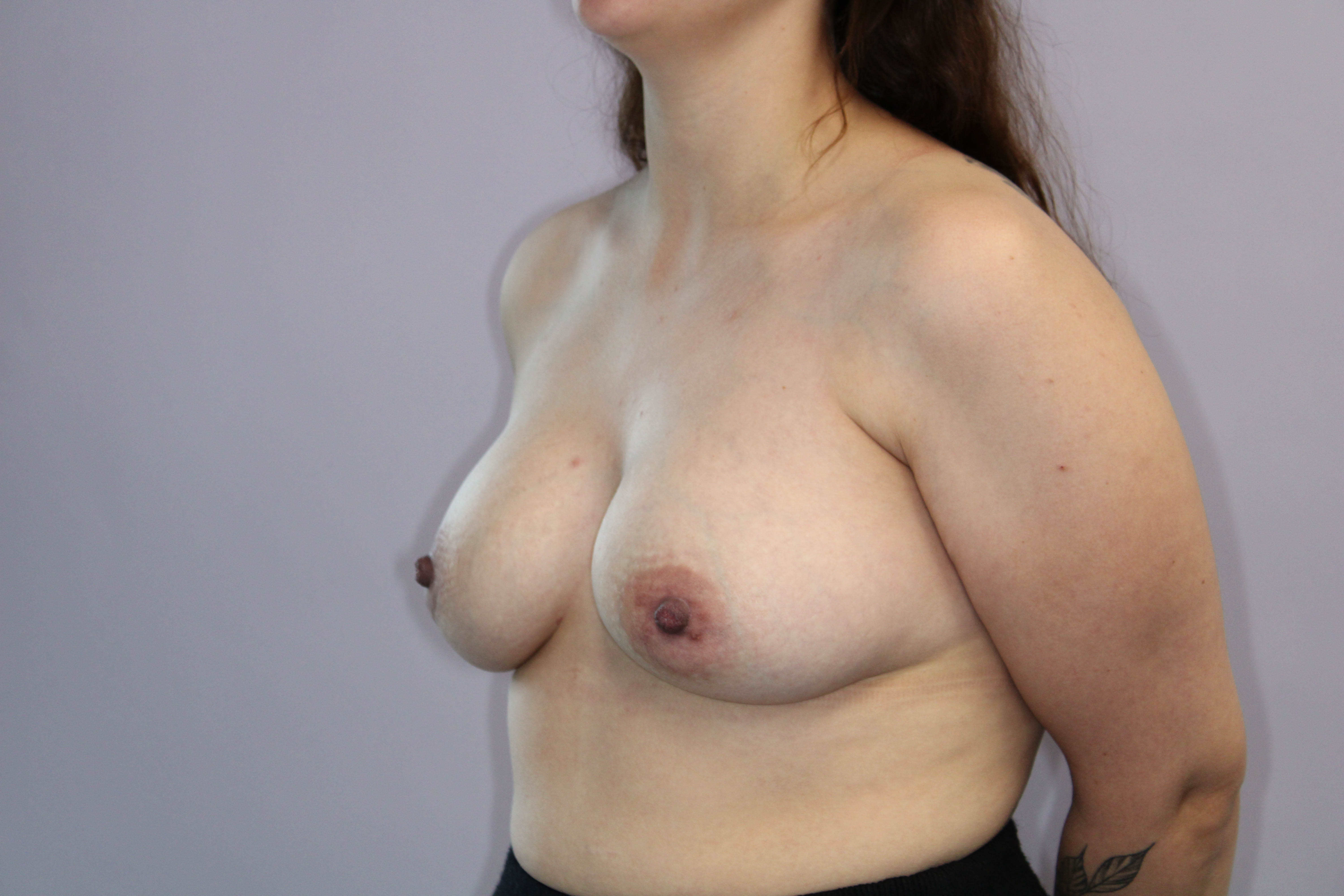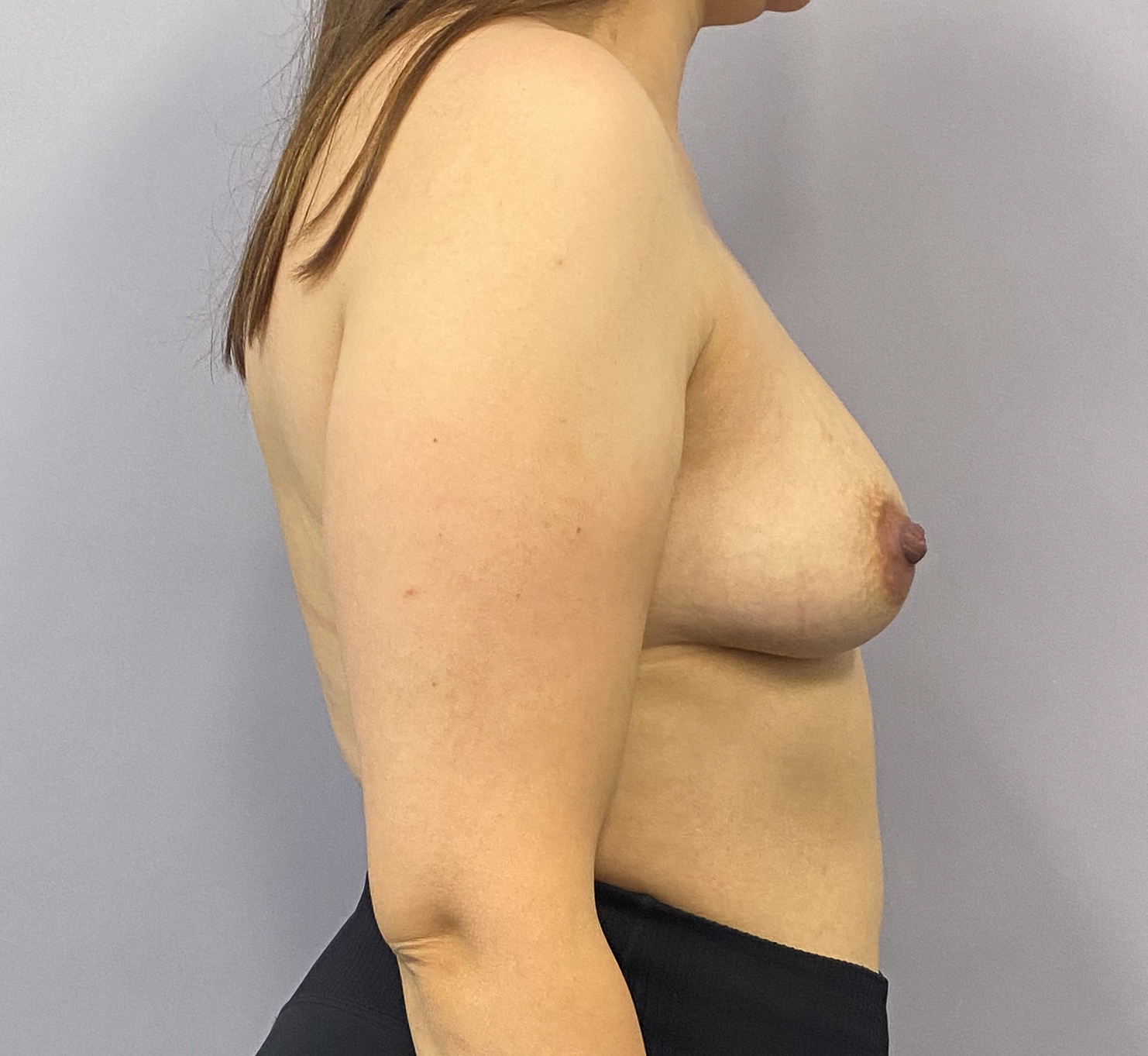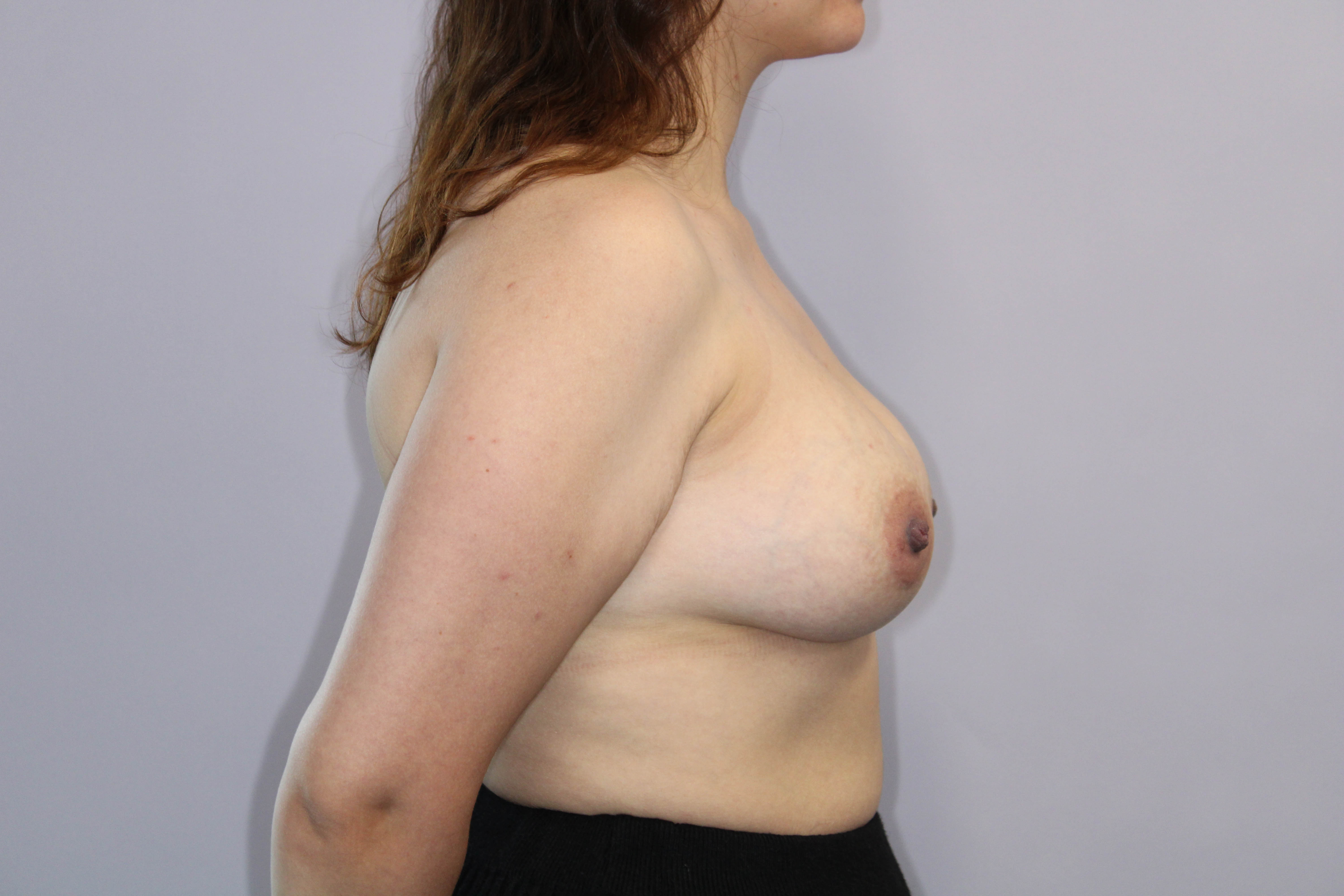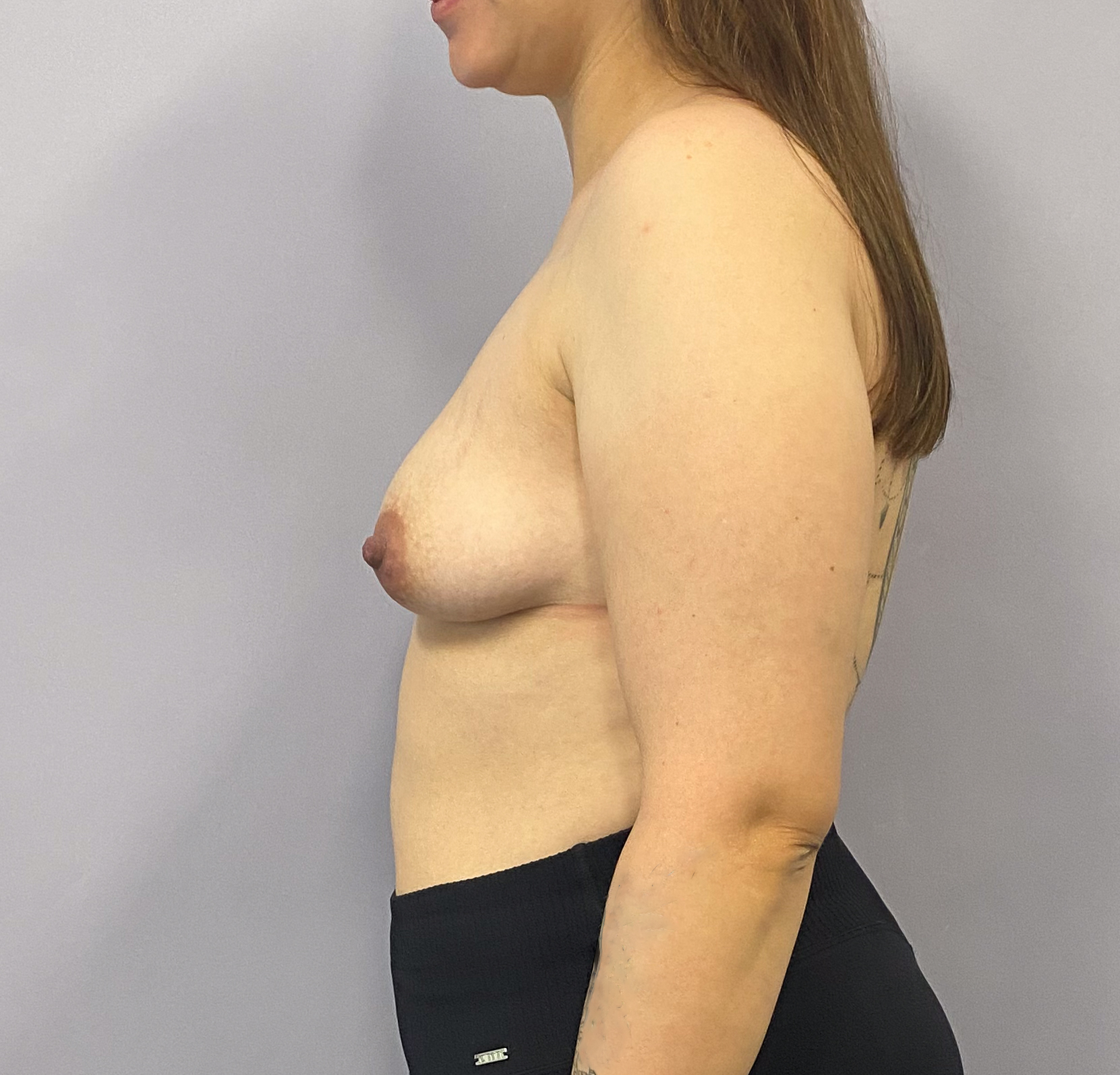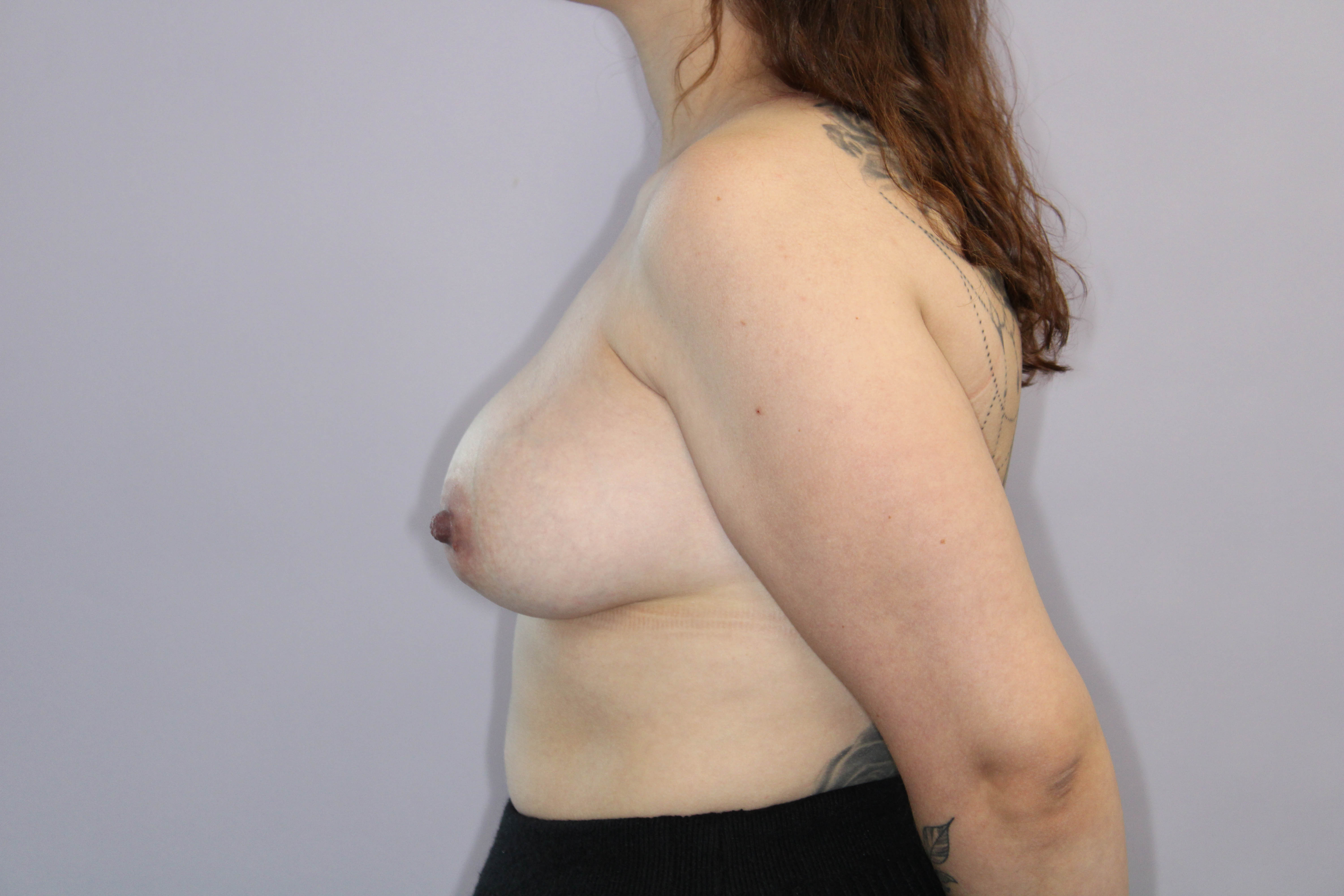Many women seek breast augmentation in Melbourne to address the following issues:
- Breasts that are small in proportion to the body.
- Different sized breasts.
- Breasts that have become less full following pregnancy or breast feeding.
What can I expect?
Breast augmentation is the most reliable technique for increasing breast volume, particularly that of the upper pole. The result is immediate, but the implants will then take another 6-12 months to settle into their pocket and allow the breast to stretch up a bit. Overall, patient satisfaction is usually high.
What happens before surgery?
As part of the consultation process, Richard will discuss your goals for your breast shape, and accurately assess not only your breast volume, but importantly the shape of the breast, position on your chest and chest shape.
Working with Richard, together you will make some decisions about:
- The size of the implant.
- Implant shape (round or anatomic ‘tear drop’).
- Implant position (under or on top of the muscle).
What happens during surgery?
Breast augmentation is carried out in an accredited hospital, under general anaesthesia. You will be checked in and all the paperwork sorted prior to going up to theatre, where your Anaesthetist will also see you. Richard will see you, make preoperative markings and confirm all aspects of your care. During your surgery, Richard follows the gold standard ’14-point plan’ concept to help minimise risk of contamination. Local anaesthetic is injected, which helps with pain relief after surgery. During the procedure, Richard will use trial implants to confirm the best size prior to placing the definitive implant. Once the incision is closed with dissolving sutures, you will wake up in the recovery room where the nurses will ensure you are comfortable.
What happens after surgery?
Most patients go home on the day of surgery. We advise you to rest quietly at home for the first week, keeping your surgical bra on at all times aside from showers. Adequate pain relief will be provided, and we will see you in the rooms for a check after the first week.
Please be patient during your recovery, and like all surgical procedures, you should expect some swelling, bruising and discomfort for the first 2-4 weeks.
It’s important to avoid sleeping on your chest for the first 12 weeks to allow the implant to settle in the correct position. Richard recommends sleeping on your back, with your head slightly elevated during the recovery period. Similarly, Richard recommends no upper body gym work or running/ jumping for 3 months.
You should expect some settling of the implant over time, often most noticeable after the first six months as tissues start to stretch a bit and muscle relaxes.
Possible complications:
The decision to undergo breast augmentation surgery should only be made after considering if the potential benefits can achieve your aims, and whether the risks are acceptable to you. The possible risks/ complications of breast augmentation include (but are not limited to):
- Cardiac problems, including heart attack or arrythmias.
- Venous thromboembolism (including deep vein thrombosis and pulmonary embolism, which may be fatal).
- Surgical site infection, including implant infection requiring removal of the implant.
- Haematoma requiring return to theatre.
- Wound breakdown, delayed healing or protruding sutures.
- Conspicuous scars, including hypertrophic, stretched or migrated scars.
- Altered sensation to the breast, nipple or areola. This may be increased (hypersensitivity) or reduced sensation. This may be permanent or temporary.
- Ripples or visible implant edges, especially in slimmer patients.
- Animation deformity, which is visible movement of the breast implant when the pectoralis major muscle contracts, occurring commonly in subpectoral implant placement.
- Possible need for revisional surgery. Richard will only consider revising your breast augmentation if he believes:
- there is a definable structural issue with the implant position,
- this issue is realistically able to be improved with surgery and
- the risk of revisional surgery causing a worse result are minimal.
- Dissatisfaction with the implant size.
- Implant malposition or asymmetry.
- Breast implant-associated anaplastic large cell lymphoma. This is a newly described phenomenon which is known to occur rarely following placement of some textured implants.
- Resorption or failure of fat grafting (if undertaken).
